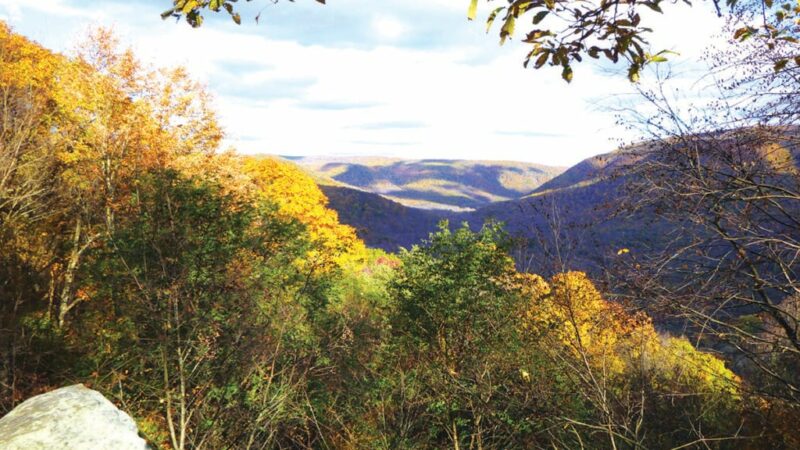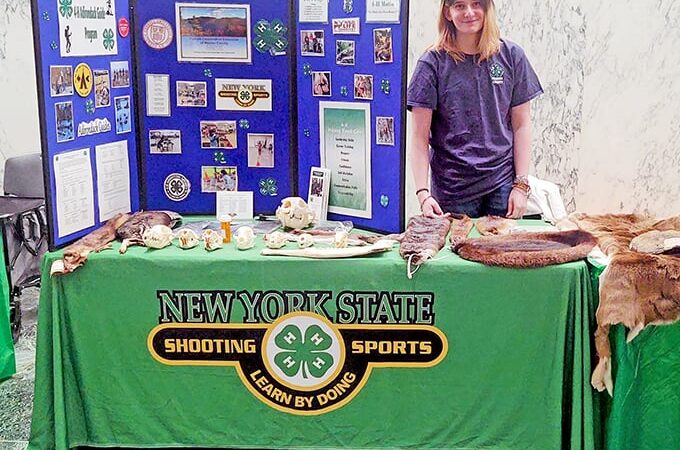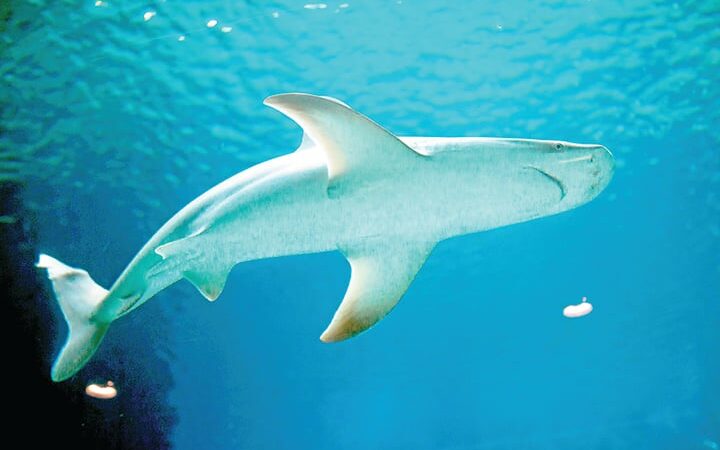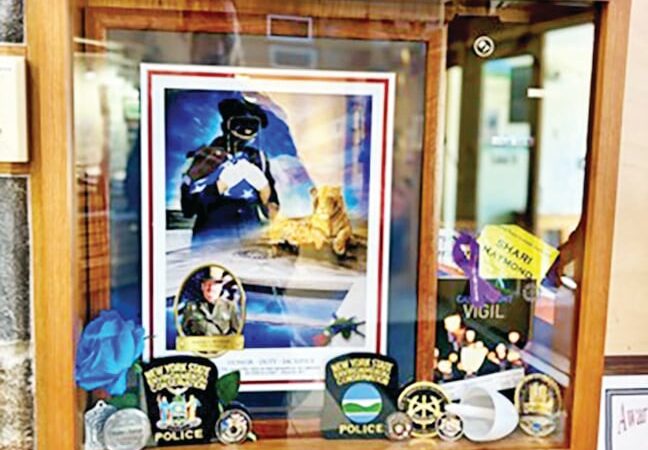Birds and birders flock to Iowa’s Boone Forks Bird Conservation Area for the fall migration – Outdoor News
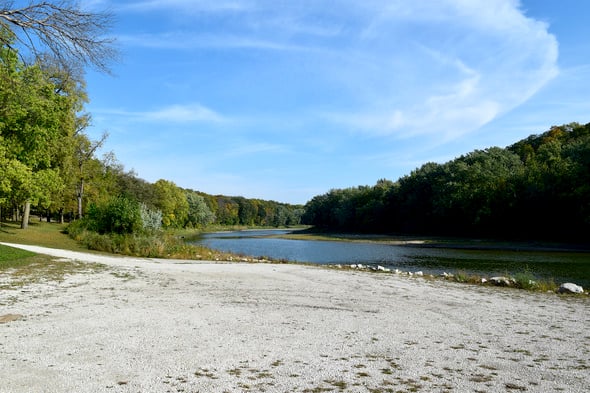
The confluence of the Boone and Des Moines rivers forms the heart of the Boone Forks Bird Conservation Area (BCA) – 80,000-acres of well managed public and private land in Iowa’s Webster and Hamilton counties. The area is home to more than 130 nesting bird species and a stop-over site for another 115 migrating species.
“It’s a really important area, it supports a higher number of bird Species of Greatest Conservation Need than most other BCAs,” said Anna Buckardt Thomas, avian ecologist with the Iowa Department of Natural Resources.
The mostly riverine and forested habitat supports forest birds and much of the public land is managed under a forest wildlife stewardship plan using practices that benefit the bird community. The towering oaks support lots of insects and caterpillars and produce acorns – all high-quality proteins used by birds.
On the private land side, participation in the BCA is voluntary and a good portion of private land is forested on the hilly river valleys.
“The area is so cool because a lot of the public land and private land has forest habitat,” she said.
And access is easy. Much of the BCA can be enjoyed by driving on gravel and county roads with river access boat ramp parking lots, and state and county parks as stopping points. Equipment is simple, just a pair of binoculars, your eyes and ears, she said.
Standing on the mostly dry Des Moines River bed in southeast Webster County on this sunny late September morning, Buckardt Thomas is scanning the trees through a pair of binoculars, listening for bird calls while a small flock of Canada geese noisily take flight.
“There’s a downy woodpecker, blue jay, red-bellied woodpecker,” she said upon hearing each bird’s call.
Dedicated in 2010, Boone Forks was Iowa’s 16th Bird Conservation Area. The emphasis of the bird conservation area program is to encourage habitat conservation at a larger landscape level – a level necessary to establish stable or growing bird populations.
Boone Forks BCA designation encompasses Brushy Creek State Recreation Area, Boone Forks Wildlife Area, Dolliver Memorial State Park, Briggs Woods county park, Bells Mill county park, Skillet Creek Indian Mounds, Gordon’s Marsh, and more. The public land within the BCA provides access and trails where birders can get out and hike, surrounded by the sight and sounds of the various birds.
Acadian flycatchers, wood thrushes, and ruby-throated hummingbirds, all nest here. As do eastern whip-poor-wills, which is a unique as not many areas in Central Iowa are suitable for whip-poor-wills. During the summer, spotted sandpipers have been seen along the river. Today, a yellow-rumped warbler – the most abundant warbler in North America – is in a tree hanging over the river. A downy woodpecker is tapping on a nearby limb.
Following the road through Dolliver Memorial State Park, Buckardt Thomas pulled in to a gravel parking lot at the boat ramp and hopped out, binoculars up, searching the trees.
“There’s a Nashville warbler,” she said. “There’s a Tennessee warbler. Sounds like there’s an eastern phoebe over here.”
On a previous trip, she saw a cerulean warbler at Dolliver’s picnic area.
The Boone Forks BCA is one of the better places in Central Iowa to see and hear breeding warblers, cerulean warblers, Louisiana waterthrush and the peak of the fall warbler migration to Central and South America is September.
The presence of broad-wing hawks confirms the fall hawk migration is underway, and soon, over-wintering bald eagles will arrive. The Des Moines River area is so attractive to bald eagles that it is included in the winter bald eagle survey.
Nearby Brushy Creek Lake is a popular place for migrating waterfowl and, if it has open water in the winter, trumpeter swans will gather there. A few years ago, a yellow-billed loon, native to the artic, showed up and hung out for a month – only the sixth time the species was ever seen in Iowa. There’s an opportunity to see belted kingfisher (crow-sized) along the river, in the winter, too.
Grassland birds are in the prairies. Marsh birds can be found in the wetland habitat, adding to the bird diversity.
“A catbird is calling,” she said. “And a robin.”
For anyone interested in experiencing Boone Forks BCA, all you need to do is just stop and listen. A list of Bird Conservation Areas is available on the DNR website.


